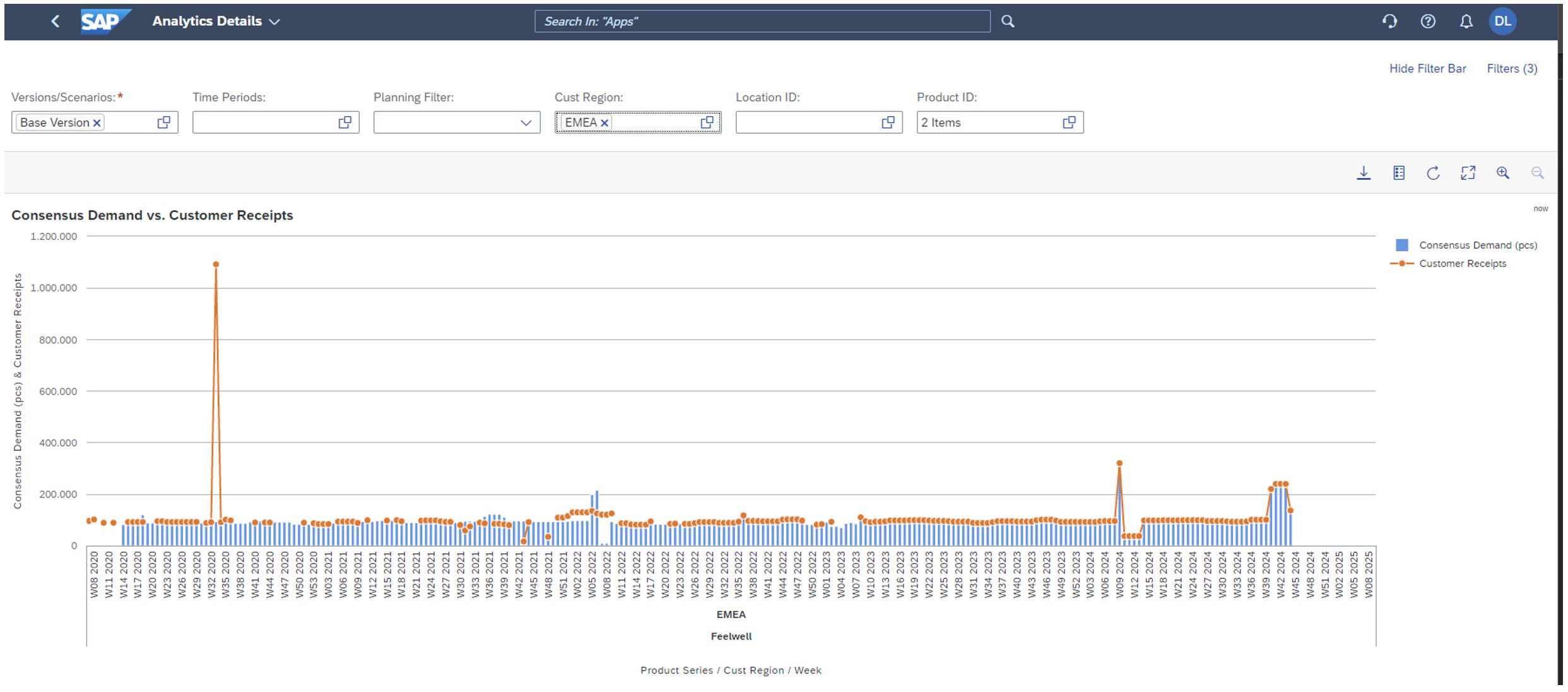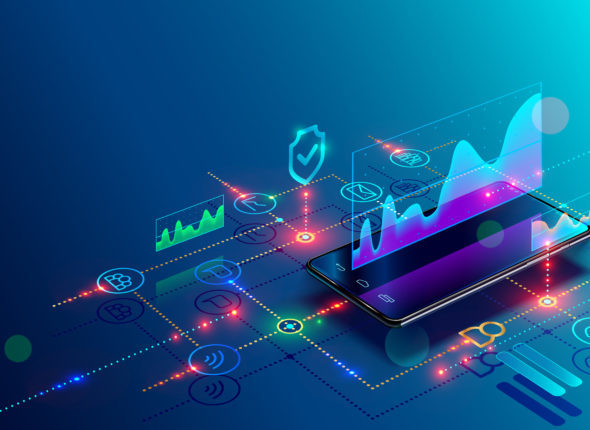The Background
It was something like 20 years ago when the new Google search bar was introduced, revolutionizing the way users could query web data by means of a single edit box. I loved it, compared to the other search engine’s complexity. Since then, I have been a regular user of this simplistic UI to get answers from the diversity of the web. I am sure you often say: “Let me Google that!”. The essence of Google is to look like a natural user interface, no training, no experience, and no skills are required.
On the other hand, the cumbersome part that was not resolved by Google is the nature of the results. To one question, you get thousands of answers. The former Google button “I am lucky” was not relevant to sort out one answer from the list. We will see that later in the article.
Still, at that time I was consulting and teaching SAP MM, PP, SD, and APO, keeping an eye (and two hands) behind the scenes, on the programming side. I was one of those kids who needed to dismantle toys to understand how they work, later cars, motorbikes, robots, IT, and programs.
Because learning SAP is and has always been a necessary time killer, I was deeply interested in this Google bar as a potential way to run and operate software like SAP. Do you see where I am heading?
In 2001, I founded my own company, investing in the development of a solution and addon to SAP to improve user experience as well as business efficiency with appropriate software tools. At that time, I queried our technical director to assess the following idea. What if we could use a private Google engine against a dedicated database, not the web, to allow users to navigate and use SAP or any software by simply entering easy and natural instructions? This engine would then generate result pages with proposed links allowing navigating directly to SAP transactions with relevant criteria, say, for instance, “Show me material master for product P-100”, “What is the sales report for the chocolate family in North Germany”, or “Please create a forecast for product P-100 in March 2025 for 100 pcs”.
No need to learn complex software, you just need to talk and write naturally. I was answered the available technology was not or was only partially capable of doing so. Bad luck, indeed!
The GPT4 Idea
Since 2022, the world has been frightened yet attracted by the emerging GPT4 engine from the company OpenAI. It created a major buzz everywhere. You know what? Like Google, I love GPT4 and have good discussions with it 😊, up to 15 related questions and now 20 in Microsoft Bing. When reality overtakes fiction. See here or in Bing. By the way, Google is catching up soon with its Bard engine.
What is amazing is the ability of the GPT4 engine to understand not only the syntax of your query, like the Google search bar but also the semantics of it. In other words, the deep meaning of what you write, excluding the possible misinterpretations. It is not only this but also the way the results are published back to you. One answer created out of a thousand sources in an easily readable format.
You are suspicious? Try with something like:
- How to relate the operational planning horizon with the tactical one
- How do I connect SAP with VBA language in Excel
- How to wood turn a salad bowl, which gauges to use with the lathe
- Give me the modal scales I can play on saxophone with D-7 G7 C pattern, or in the song “Naima” by John Coltrane
The answers are really relevant. You can even send your balance sheet and the engine provides an analysis of your financial status.
The cherry on the cake: you can also talk with this engine if you feel too lazy to write.
Behind the scenes, again, there is an AI engine based on a transformer neuronal network, added to a natural language interface, which means that it is capable of learning by itself, based on experience. In the beginning, the designers taught it the base rules, and limits of where not to go. Now by utilizing it, you, me, we improve it to a more and more reliable engine, a more instructed, more skilled thing.
To some extent, this is frightening. Researchers currently wish to hold it on for six months to allow humans to adapt to this modal break. It seems obvious governance must exist. However, I have some doubts this will happen as the business runs faster than regulation usual. As a matter of fact, Microsoft is now soon delivering the Copilot feature in Office 365, which is likely derived from GPT4, helping to create slides, word, Excel sheets, and e-mails, controlling the application with spoken language. The results are simply amazing. Watch here.
The New Possible Era of Supply Chain
Let’s focus on the supply chain domain. As mentioned, the SAP type of software is still cumbersome to learn and master, if not more complicated. The supply chain domain has evolved toward more volatility, and more disruptions, with still more competition. Needless to say, the new generation has grown up with a smartphone in their hands, chatting, and texting at any time, day and night.
Don’t misinterpret these statements, I am not a fan, but this is our new model, and I adapt.
We need to adapt in many directions, not to target a winning position, but to keep running the business. To be a winner we need even more. This means the supply chain needs to adapt processes for more flexibility. This means education needs to adapt and incorporate new technologies, and new concepts. This means also adapting our solutions to make them more accessible to our users. Simplifying access provides more time for analysis and optimization.
Back to my idea of simplifying our supply chain solutions. Do we still want to know which parameter to set in a transaction in S/4HANA to run and get a usable result for a planning run, or stock transfer, or sales report, or forecast etc… Do we still want, as a manager in supply chain, to learn PP, MM, SD, IBP, SAC, POWER BI, CRM, TMS, SRM, ARIBA, each solution having a different UI, different transactions, only to be in the position to take decisions? Surely, you think something like: am I a supply chain manager in the chocolate industry or a principal IT consultant like Daniel?
After what Microsoft has done with OpenAI and GPT4, I am pretty sure it is possible that the SAP Fiori user interface might look like this:
… with results based on SAP capabilities to be.
Those of you who are specialists might say “This already exists in SAP!” Yes and no. There is a bar, limited to the application you are connected to, with a Google bar behavior, not GPT4. That means it does not understand your request. In the above example, before reaching the graphic, the engine would have proposed a few answers, which you would have rejected or modified, before finally accepting the proposition. Again, there is a learning process in GPT4 that allows the next time to understand a similar request much faster. The idea is a single question bar for all solutions existing in the company, with no cumbersome navigation and IT learning anymore.
It is likely to be a serious investment although quite of a new nature compared to what is still happening with our supply chain software such as SAP. However, competition between editors is still about features, IT performance, optimization, etc…
Let’s summarize this article with the two following critical questions:
Do we still want more and more features along an eternal rush forward, with unprecise goals and more and more complexity to operate, losing our user community?
Or
Do we want to better use what we have, learn, run quicker and easier what we can, by “GPT4-ing” our investments, and only later enrich our solution with advanced features?
PS: By the way, this article was not generated by GPT4 (yet😊)

